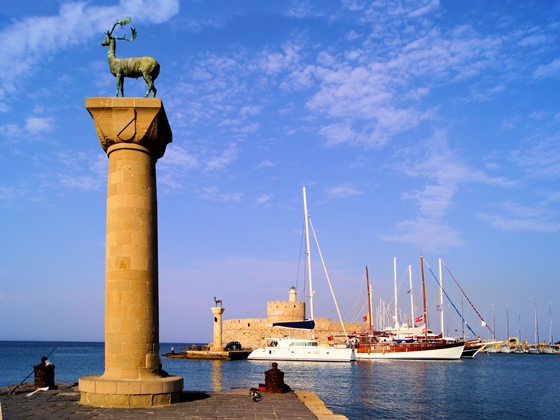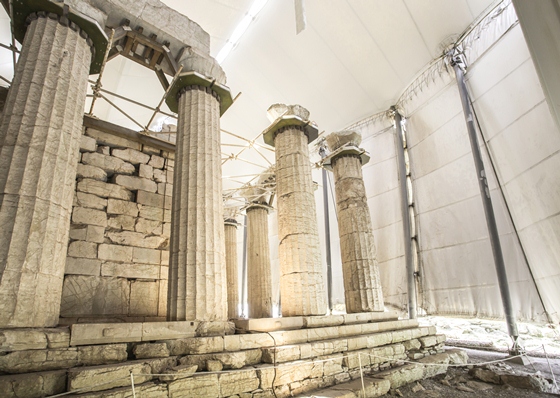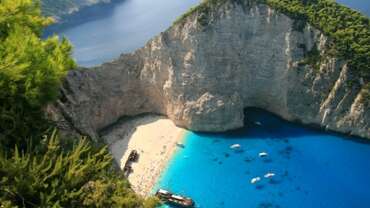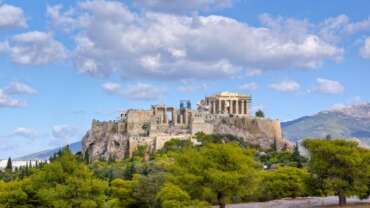Filming Greece
The camera lens can capture more shades of blue in Greece than anywhere else in the world. With its stunning locations and backdrops, and its amazing Mediterranean climate with plenty of sunshine throughout the entire year, Greece offers far more than a unique and physical décor; versatile both in terms of landscapes as well as historical periods within short distances. From classical Athens and the mountainous hinterland to its 6000 islands, the whole of Greece offers tailor-made stage sets which can accommodate a huge range of visual projects, from modern to period, commercial to fiction: picturesque traditional villages, unique islands, amazing beaches, forests, snow-capped mountains, baths, gorges, volcanoes and barren expanses. An infinity of choice for location managers. Greece’s architecture spans the millennia with examples from different eras, from historical landmarks with ancient temples and ancient theatres, fortified Byzantine cities, monasteries and medieval fortresses to the island homes of wealthy seafarers, neoclassical mansions and sophisticated lofts in cosmopolitan Athens.
A film friendly country since the beginning of the 20th century –when Joseph Hepp shot The adventures of Villar (1924) in Athens–, Greece is proud to have provided perfect locations and excellent crews to international classics (Zorba the Greek, Topkapi, America America, The Guns of Navarone), big Hollywood productions, (Captain Corelli’s Mandolin, The Bourne Identity, Lara Croft Tomb Raider: the Cradle of Life, Mamma Mia!, Before Midnight, The Two Faces of January), high-end TV productions (The Durrells) and animation masterpieces such as the 2017 sensation Loving Vincent.
During the last three years approximately 30 foreign film and TV productions (from USA, South Korea, China and Europe), experienced all the good reasons of what it means to film in Greece: one of the safest, most stable and extrovert countries in the region with English-speaking Greek crews who have the expertise to collaborate flawlessly with international productions. From outstanding drone operators and post-production facilities equipped with high-end industry technologies to world-class production service companies, the Greek Industry Guide provides dream teams of “dedicated maniacs”.
Thriving film and TV sectors deliver real benefits to national, regional and local economies. The growth of these sectors positively influences the employment, the development of new skills and provides infrastructure for innovation. In tune with the global focus on how film and TV productions contribute to give visibility to a country throughout the world, the Hellenic Film Commission, a member of Filming Europe – European Film Commissions Network (EUFCN), is the directorate of the Greek Film Centre responsible for promoting Greece internationally to attract foreign audiovisual productions.
Knowing that the synergy between tourism and film production can develop new marketing strategies and audience engagement, the Hellenic Film Commission is delighted to establish a long-term collaboration with the Greek National Tourism Organization aiming to make Greece one of the most film friendly countries in Europe.
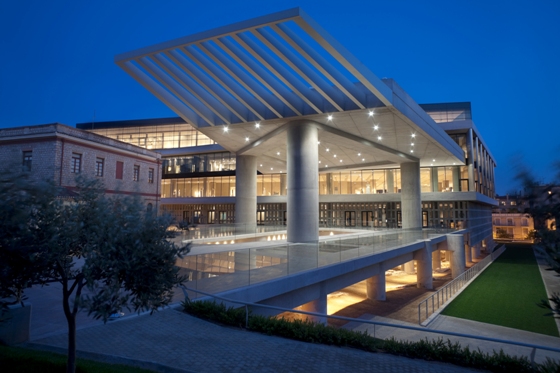
Athens
Athens is the historical capital of Europe, with a long history, dating from the first settlement in the Neolithic age. In the 5th Century BC (the “Golden Age of Pericles”) – the culmination of Athens’ long, fascinating history – the city’s values and civilization acquired a universal significance. Over the years, a multitude of conquerors occupied Athens, and erected unique, splendid monuments – a rare historical palimpsest. In 1834, it became the capital of the modern Greek state and in two centuries since it has become an attractive modern metropolis with unrivalled charm.
A large part of the town’s historic centre has been converted into a 3-kilometre pedestrian zone (the largest in Europe), leading to the major archaeological sites (“archaeological park”), reconstructing – to a large degree – the ancient landscape.
Thessaloniki
Thessaloniki (520 km. north of Athens) is the second largest city of Greece and the most important centre of the area. Built near the sea (at the back of the Thermaïkos Gulf), it is a modern metropolis bearing the marks of its stormy history and its cosmopolitan character, which give it a special beauty and charm.
Take a tour in the centre of Thessaloniki and plan to visit its nearby destinations. Also, while being in Thessaloniki it is worth going up to Halkidiki.
Visit Thessaloniki’s Archaeological sites
The ancient forum (dated to the late 2nd or the early 3rd century AD) with squares, porticoes, additional buildings and odeum (293-395 AD), the palace complex of Galerius Maximianus (4th c. AD), the thermae, the hippodrome, the temples and other monuments and moveable finds (among them mosaics of exquisite art) brought to light in excavations and surveys. In the south square, is the famous Stoa of the Idols, which was two-storeyed and lavishly decorated.
The Triumphal Arch of Galerius (Kamara), built in AD 305 to commemorate his military successes in general in the eastern provinces of the Roman Empire.
The Rotunda is an early 4th century building which later was converted into a Christian church.
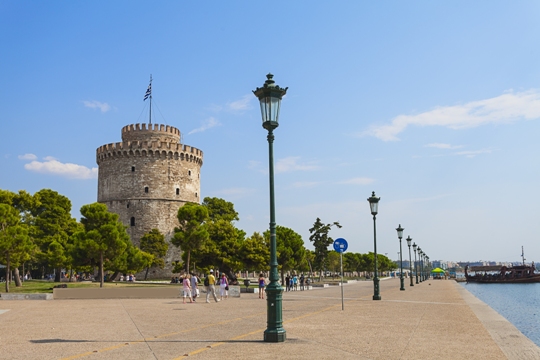
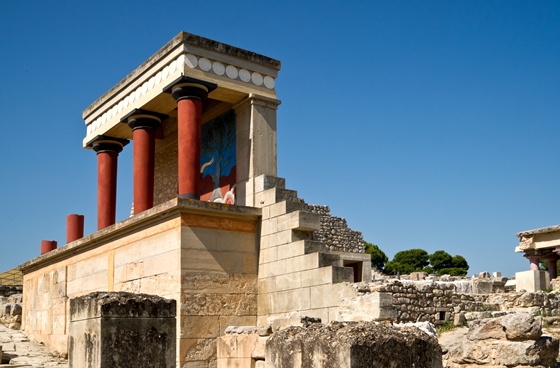
Crete
Crete is the largest island in Greece, and the fifth largest one in the Mediterranean Sea. Here, you can admire the remnants of brilliant civilizations, explore glorious beaches, impressive mountainscapes, fertile valleys and steep gorges, and become part of the island’s rich gastronomic culture. Crete is, after all, a small universe teeming with beauties and treasures that you will probably need a lifetime to uncover!
Cyclades
The most famous island group in the Aegean Sea comprises some of the most beautiful islands in the world! Gorgeous sandy beaches, architecture in white and blue, traditional lifestyle, folk music, warm, hospitable people and barren landscapes with isolated chapels turn a trip to the Cyclades into a lifetime experience.
The name “Cyclades” refers to the islands forming a circle (the name in English means: “circular islands”) around the sacred island of Delos. According to the Greek mythology, Poseidon, God of the sea, furious at the Cyclades nymphs turned them into islands.
Millions of Greek and foreign visitors come to the Cyclades every year to enjoy the dazzling light and the crystal blue waters, in the quest of the paradise on earth.
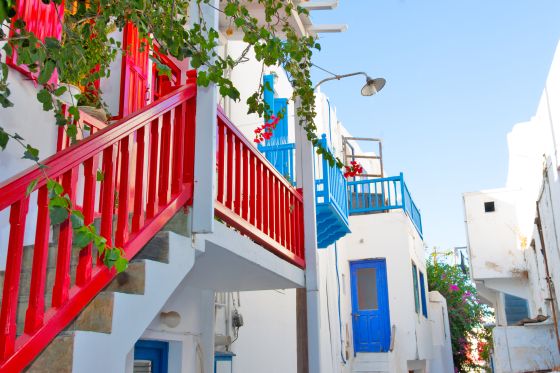
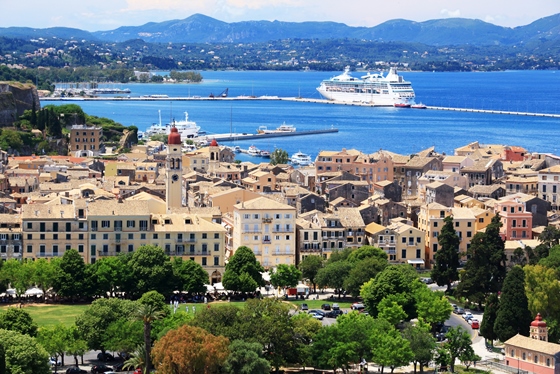
Ionian Islands
Scattered off the western coastline of Central Greece and to the south of Peloponnese, the Ionian Islands are an island group comprising large and small islands.
Zakynthos, Ithaca, Corfu, Kefalonia, Lefkada, Paxi (or Paxos) and Kythira are the seven largest and most popular islands of the group, while Antikythira, Antipaxi, Ereikousa, Mathraki, Othonoi, Meganisi and Strofades are lesser-known smaller islands, which have a lot going for themselves.
They are destinations attracting many visitors every year for a variety of reasons:
Their temperate climate, lush vegetation, beautiful mountains and breathtaking beaches will provide the perfect surroundings for your next holidays.
Nature
Over the millennia, geological transformations have helped shape stretches of awe-inspiring steep coastline, beautiful sandy shores and high mountains. Tectonic changes also account for the great depth of the waters in the region; the Calypso Deep reaches a staggering 5,267 m. depth, making it the deepest point in the Mediterranean Sea.
So, it’s no wonder that some of the wildest and most famous shores in Greece are located on this side of the country. Egremnoi and Porto Katsiki beaches on Lefkada Island, Navagio Beach on Zante Island and Myrtos Beach on Kefalonia Island are but a few of the award-winning must-visit destinations in a long list of spots with cool emerald waters.
Dodecanese
The island complex of Dodecanese in south-eastern Aegean is the sunniest corner in Greece. Twelve large islands and numerous smaller ones with crystal clear waters, sandy or pebbly beaches, important archaeological finds, imposing Byzantine and medieval monuments and unique traditional settlements are waiting to be discovered. If you are desperately seeking to discover lesser-known, unspoiled destinations visit Leros or Pserimos. But there is always Rhodes and Kos, larger and more cosmopolitan islands awaiting to offer you strong, and treasured memories. Just take your pick!
Welcome to Rhodes, a medieval treasure beautifully preserved throughout the centuries. Wander around its magnificent Old City, surrounded by medieval walls with seven gates, and admire the Palace of the Grand Master, the most awe- inspiring building in the whole island. Take a romantic stroll around the famous Street of the Knights and feel like a holy warrior in shining armour, or a noble princess. Peer into the historic past of the city with a visit to the Archaeological Museum.
Mandráki, the (ancient) harbour, is distinguished from the outer harbour by the 3 windmills and the fortifications at the end of the dock. During your quest, you will encounter some of the city’s most remarkable buildings: the National Theatre, the Courts, the City Hall and the Governors Palace. Visit stunning wonders of nature, such as the Seven Springs, the Valley of the Butterflies and Rodíni Park, a green valley with running waters, small bridges and many peacocks, the trademark of the park! Get a deeper insight into the rich history of the island through your visit to the breathtaking Acropolis of Líndos and Ialissós as well as Ancient Kámiros, which were all powerful cities in ancient times. Well-preserved castles, like the ones of Kritinia and Monólithos are also waiting to be discovered!
